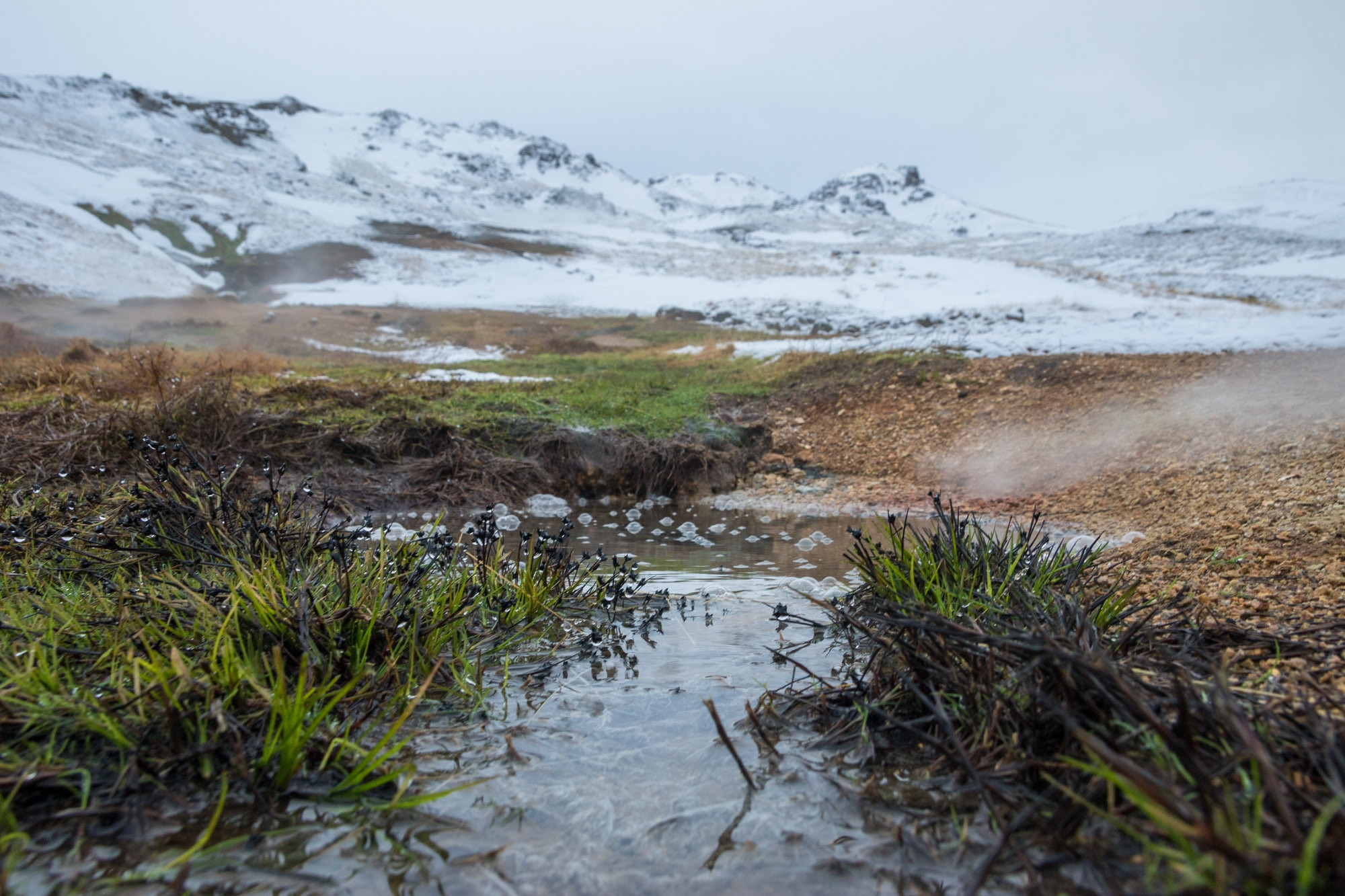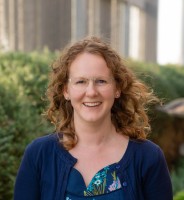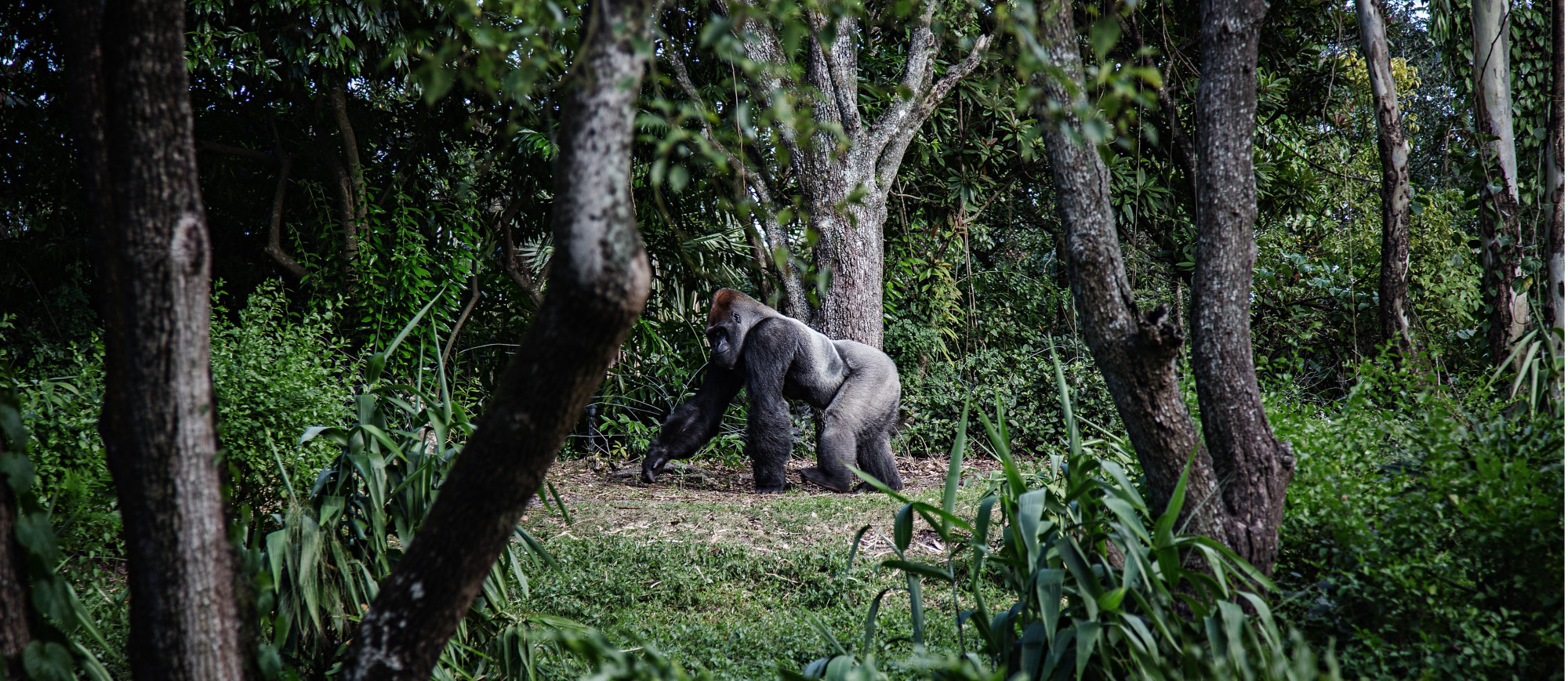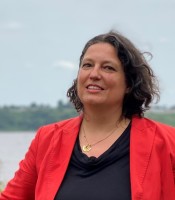The reduction of greenhouse gas emissions has been front and center in the global efforts to fight climate change. However, decision-makers are now also increasingly recognizing the need to protect biodiversity. Indeed, properly functioning ecosystems freely provide many benefits and products to humans, that are difficult and costly to replace once lost. The AXA Research Fund recently launched a call for projects to support research on marine biodiversity, to strengthen its portfolio in this specific area, in line with AXA’s corporate social responsibility strategy. However, since its creation in 2007, the AXA Research Fund has already supported many projects that aim at better understanding and preserving biodiversity.
Kelvin Peh is a Doctor of Physical Geography and currently at the University of Southampton, UK. He was supported in 2011 by the AXA Research Fund for a post-doctoral fellowship at the Department of Zoology, University of Cambridge. We recently caught up with him in November 2018, as he was invited to intervene as an expert in the panel “Saving Biodiversity from the cliff” at the Paris Peace Forum, which was sponsored by AXA.
Five years after being supported by the AXA Research Fund, Dr Peh’s project has blossomed into a renowned tool for the evaluation of ecosystem services: TESSA.
TESSA, which stands for “Toolkit for Ecosystem Service Site-based Assessment”, is a guidebook to help non-experts, such as NGOs or local communities, to measure and monitor ecosystem services on a given natural site, in a way that is at the same time quick, cheap, and scientifically robust. AXA Research Fund’s grant was key in giving Dr. Peh sufficient time to further develop and enrich this project, helping launch his career as an internationally renowned scientist.
The benefits stemming from healthy ecosystems are varied. The FAO proposes different types of ecosystem services: supporting services (like recycling nutrients or soil formation), provisioning services ( like providing raw materials and food), regulating services (like climate regulation or water purification), and cultural services (like using nature for recreational activities and tourism).TESSA is designed to guide non-specialists, who do not have an extensive scientific training, through state-of-the-art methods for the rapid estimation of a few of these ecosystem services: climate mitigation services through carbon capture, hydrological services, nature-based recreation and tourism, the harvest of wild goods and cultivated goods, coastal protection services, pollination services and cultural ecosystem services at their site of interest. These ecosystem services, which are sometimes taken for granted, would be costly and difficult to replace. Knowing how to estimate their monetary value aids policy-makers and local communities take better decisions regarding land use.
Using TESSA, conservation practitioners can both measure the current value of the services provided by the natural site as-is, but also conduct an evaluation of the likely value of these services if the site is transformed, into farm land for example. In the United Kingdom, the National Trust used TESSA to calculate that each hectare of Wicken fen, a natural area in Cambridgeshire, is worth €145 more per year to the community as wetland than as arable farmland, thus providing evidence for supporting the creation of a 53 km2 nature reserve.

Wetlands and marshes offer invaluable ecosystem services like water filtration
Credits: Adam Grabek @agmakonts
The value of TESSA to assist communities with decision-making is widely recognized by the scientific community: indeed, it is currently recommended by the Intergovernmental Science-Policy Platform for Biodiversity and Ecosystem Services (IPBES), an equivalent to the IPCC for biodiversity, as a tool that can help develop and implement better policy instruments to protect nature.
Today, Dr Peh and his project partners are further spreading TESSA across the globe, training an extensive network of conservation practitioners in many countries, such as Nepal or the Dominic Republic, to use the tool. Relying on strong partnerships with NGOs such as Birdlife International or the Tropical Biology Association has helped Dr. Peh and his team at Southampton University to apply TESSA in many different types of natural habitats around the world, thereby establishing a unique community of TESSA users – particularly in developing world contexts– to support biodiversity conservation. Currently, the tool is globally-used in more than 45 protected areas. So far, TESSA has received more than 1650 download requests from 69 countries, of which a third of the requests are from NGOs, a third from Universities, 10% from commercial entities, and 10% from governmental organizations.
The goals for tomorrow are to further the global use of the toolkit, but also to analyze the data thus collected by TESSA users. This data will help to understand which natural ecosystems provide which services and in which proportion, to better protect the most biodiversity-rich natural zones, which are also the most critical for key services.
Discover Dr Kelvin Peh's project : "Quantifying the risks caused by habitat loss: a practical toolkit for informed decision-making"
Discover research projects related to the topic
Sustainable Living & City
Climate Change
Climate Adaptation & Resilience
Urban Planning
Resilient Infrastructure & Safety
Environmental Justice
Post-Doctoral Fellowship
Australia
2023.06.20
Indicators for Climate Resilient City Planning
Expected start date:June-2023 Cities contribute enormously to global greenhouse emissions and are key drivers of climate change. By the same... Read more

Melanie
LOWE


